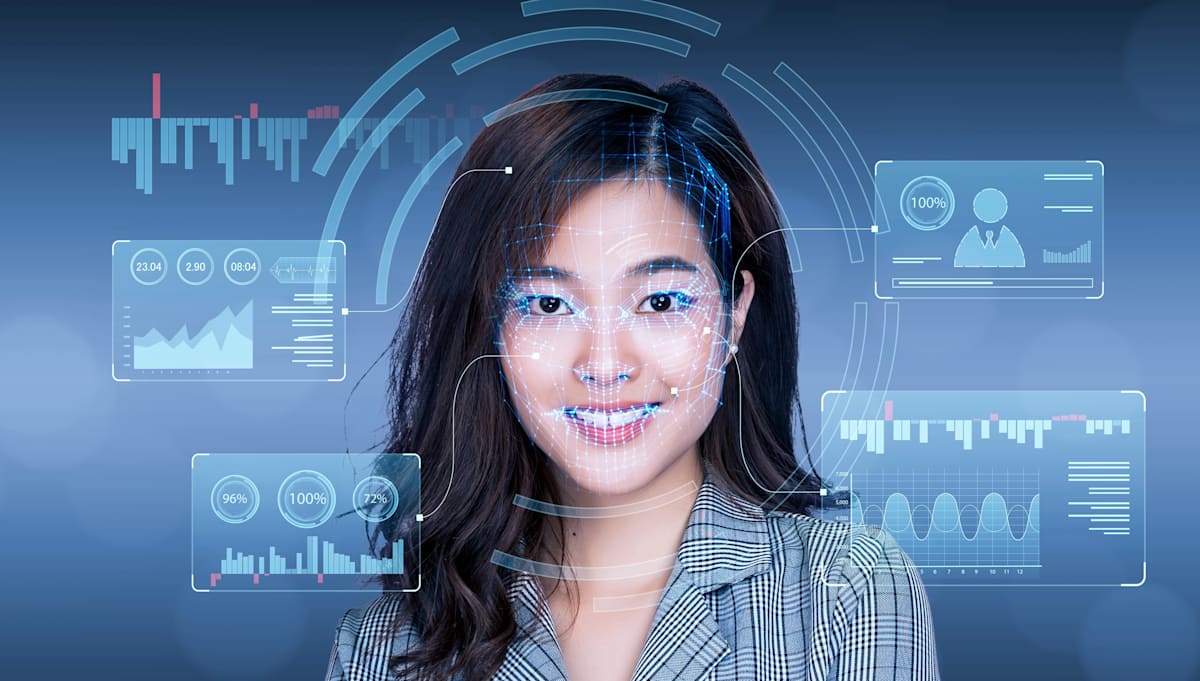Hong Kong officials have unveiled a proposal to broaden the city's CCTV network through the SmartView initiative, with plans to deploy up to 7,000 surveillance cameras by 2027.
[1] The SmartView network has expanded significantly since its inception, which saw the installation of 612 cameras by December of the previous year. At that time, law enforcement indicated that these cameras had played a crucial role in solving 97 criminal cases, including serious offenses such as murder and assault. As of 2025, authorities now report that CCTV footage has helped resolve over 300 cases and has led to nearly 600 arrests. Future expansion [2] plans aim to introduce approximately 2,000 to 2,500 additional cameras each year through 2027, with a specific budget allocation for 1,385 new units in 2025.
Currently, the existing cameras in Hong Kong serve as traditional video recording devices, but the subsequent phases of the SmartView project are expected to incorporate artificial intelligence and real-time facial recognition technology. Chris Tang [3] who assumed the role of Secretary for Security in 2021, highlighted that the implementation of facial recognition technology would adhere to the city's privacy regulations and necessitate the appropriate approvals from the Office of the Privacy Commissioner for Personal Data. “The installation of CCTV cameras is an effective measure to prevent and detect crime, and to enhance the overall security of Hong Kong.”
The anticipated rollout of facial recognition technology is still in the works, with ongoing privacy impact assessments and software development needed before implementation can proceed. Currently, the majority of the city's CCTV network does not utilize live facial recognition capabilities. However, Hong Kong has already activated facial recognition systems in particular settings, [4] including document-free border crossings at the ports of Hong Kong and Macau, as well as in trial initiatives for limited tourist areas such as Chung Ying Street near the Sha Tau Kok checkpoint.
The SmartView architecture is set to consolidate video feeds from a variety of sources, including cameras operated by the Housing Department, Transport Department, and the city’s MTR rail network. This could [5] potentially integrate as many as 20,000 additional cameras into a centralized monitoring system, greatly expanding surveillance capabilities in public areas. Authorities have indicated that CCTV footage will be stored for a maximum of 30 days unless it pertains to an ongoing investigation, with facial recognition searches requiring approval from an inspector.
However, [6] privacy advocates and civil-liberties organizations voice concerns that the expanding surveillance network could stifle free expression and the right to assemble. Some critics have likened these practices to those in mainland China, urging the establishment of a specific legal framework to regulate the application of live facial recognition technologies in Hong Kong. According to the [7] Institute for Human Rights the Hong Kong government deployed advanced surveillance methods to stifle opposition, forcing protesters to face a grim reality. The article delved into the application of facial recognition technology during these demonstrations, examined the reactions of the protesters, and considered the wider implications for civil liberties. “By analyzing a person’s facial traits with extensive databases, face recognition technology helps police identify individuals. Although the technology is supposedly employed for public safety, its darker side was brought to light during the protests in Hong Kong. During the demonstrations, the semi-autonomous province was also able to utilize facial recognition technology, which the Chinese government has been known to use to track its citizens,” said the Institute for Human Rights.
Hong Kong [8] authorities recently introduced surveillance measures aimed at suppressing civil unrest, utilizing facial recognition technology and tracking protesters through their mobile phones. This move comes in response to widespread demonstrations against a controversial bill that would permit the extradition of Hong Kong residents to mainland China. Key issues arising from this initiative include concerns over freedom of speech, violations of privacy rights, and the extent of government surveillance. Many protesters vehemently oppose the extradition bill, asserting their right to voice dissent and assemble peacefully. Furthermore, citizens were not consulted on the adoption of facial recognition technology, leading to significant pushback against what many view as an intrusive tactic.
